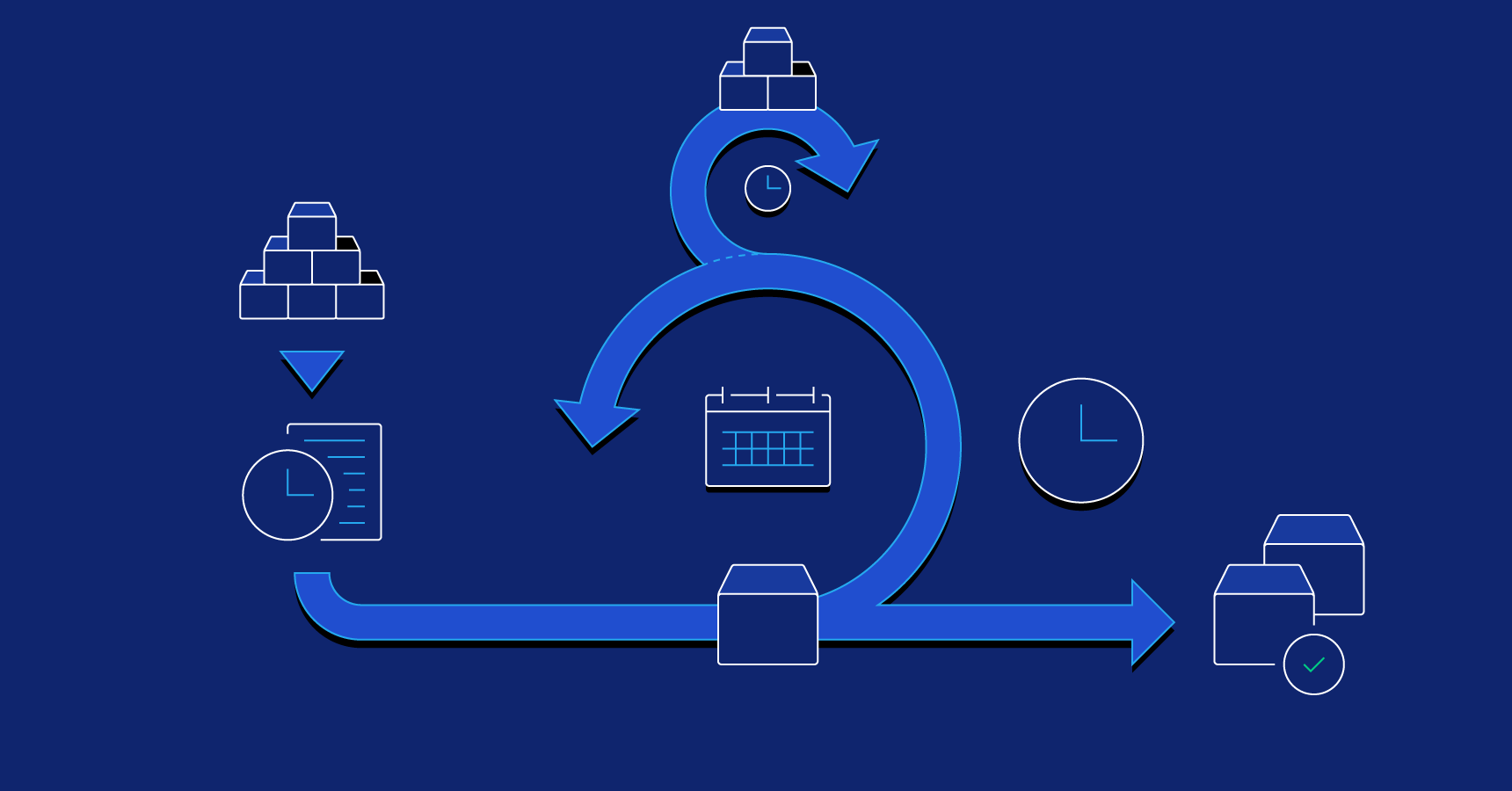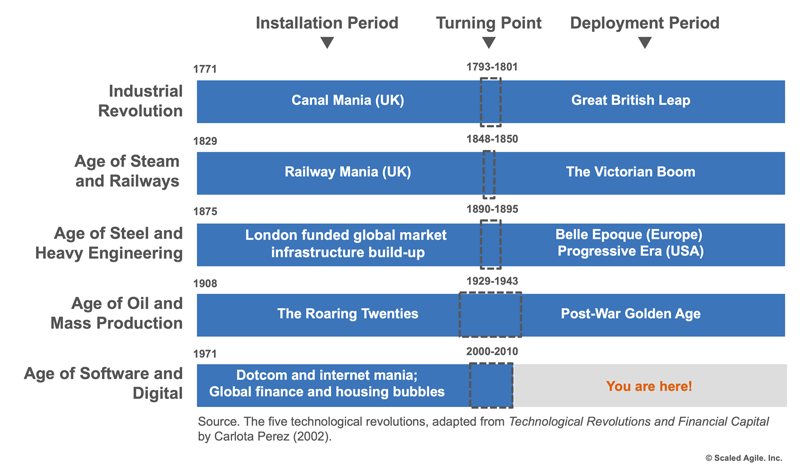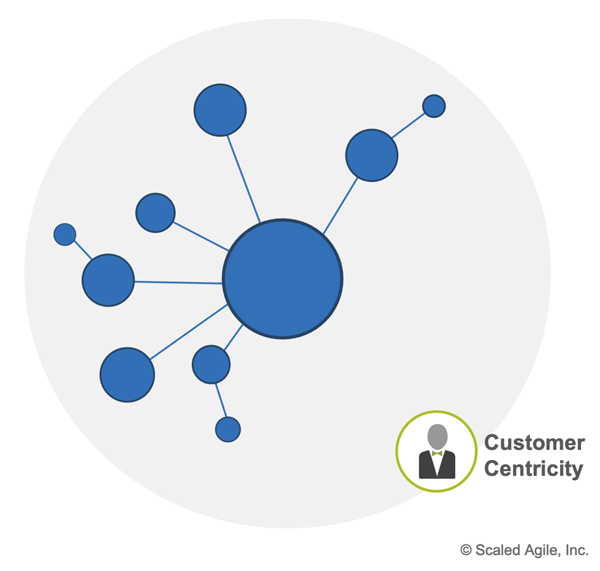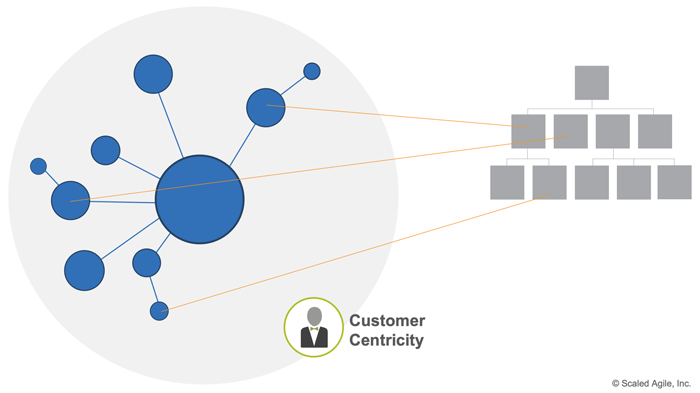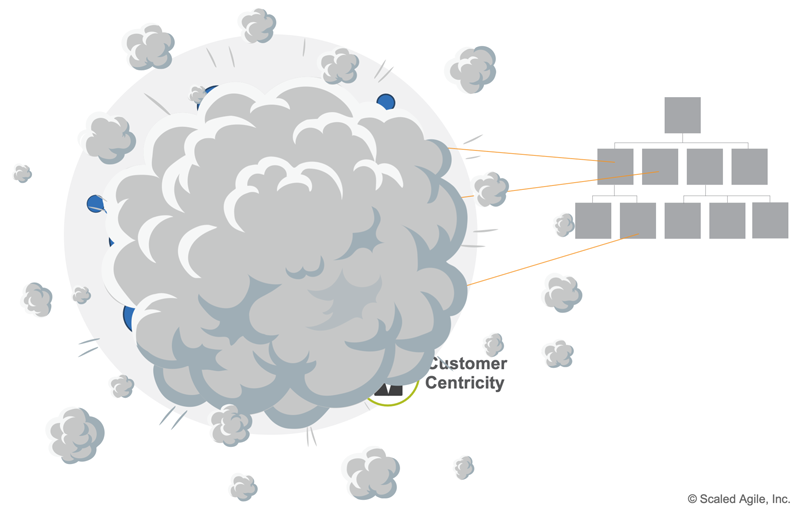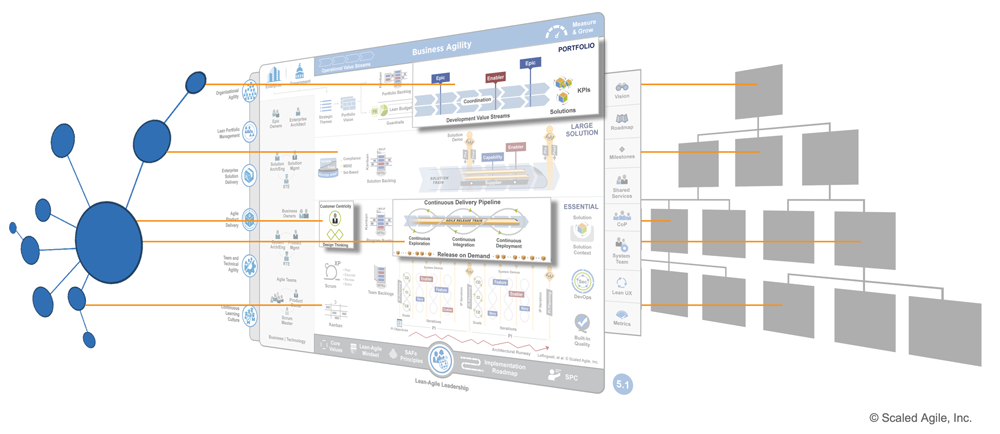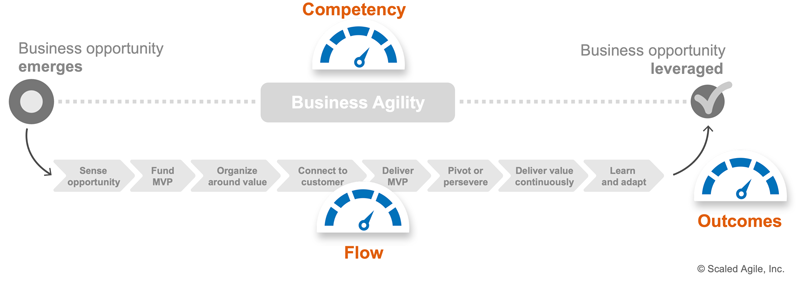
In today’s continuously changing software development market, agility has become critical. Agile Software Certification provides a flexible and iterative approach to software development, allowing teams to adapt to changing needs and produce results rapidly.
Many professionals seek agile software certifications to demonstrate their knowledge and skill in agile processes. But what is an agile software certification, and why is it important?
What is Agile Software Certification?
Agile software certification validates an individual’s understanding and aptitude with agile approaches and practices in the software development business. It demonstrates an understanding and application of agile ideas, frameworks, and practices, usually by passing an exam conducted by certified organizations or universities that specialize in agile approaches.
Benefits of Agile Software Certification
Pursuing agile certification has various advantages, including skill validation. Software certification demonstrates expertise in agile processes, making individuals more appealing to potential employers. An individual’s career chances are also improved because it creates new job opportunities and raises earning potential in the software development industry.
Agile certificate holders are also more adaptable than traditional project managers due to the abilities they have gained through the agile program. Agile-certified professionals understand how to effectively execute agile methods, resulting in superior project outcomes.
Popular Agile Software Certifications
- PMI Agile Certified Practitioner (PMI-ACP)
Agilists developed the PMI Agile Certified Practitioner certification, which formally validates an individual’s knowledge and skills in Agile principles and methodologies. It covers a variety of Agile techniques, including Scrum, Kanban, and Extreme Programming (XP).
- Certified Scrum Master (CSM)
The Certified Scrum Master certification is suitable for anyone who wants to manage a Scrum team. This certification teaches the whole Scrum framework, including diverse project team roles, events, and artifacts. This Agile training can help one become the ideal candidate for managing a Scrum team.
- Certified SAFe Agilist (Scaled Agile)
Certified SAFe (Scaled Agile Framework) Agilist is a fundamental credential that teaches individuals how to use SAFe to scale Agile development in a company. This Agile project management certificate includes topics such as the principles of the Scaled Agile framework, program increment planning, and Lean portfolio management.
Preparation for Agile Certification
Taking an Agile Software Certification exam is no small feat, and usually requires a long and thorough preparation for those who wish to take it. To prepare for an agile certification exam, individuals usually:
- Learn Agile Principles and Practices: through self-study, training courses, practical examinations, and hands-on experience.
- Take Training Courses: Accredited training providers offer formal training courses that address key ideas and practices examined on the certification exam.
- Practice Using Sample examinations: Use practice examinations and sample questions to check knowledge and pinpoint areas for development.
- Gain Real-World Experience: Use agile principles and techniques in work projects to gain practical experience.
Validity and Renewal
Agile certifications are often only valid for a set amount of time and must be renewed by continuing education or retaking the exam. Renewal requirements vary by certification, but they typically include obtaining continuing education units (CEUs) or professional development units (PDUs) through activities such as attending agile methodology training classes, conferences, or webinars.
Frequently Asked Questions (FAQs)
Getting into the world of agile certification can raise a number of questions. Here are the answers to some popular questions:
Who should pursue agile software certification?
Agile certification is useful for anyone working on software development projects, such as software developers, project managers, product owners, business analysts, quality assurance specialists, and scrum team members. It’s especially useful for those who want to improve their grasp of agile approaches and practices or progress their careers in the software development business.
Are there any prerequisites for agile certification exams?
Prerequisites vary according to the certification. For example, the licensed ScrumMaster (CSM) credential includes participation in a two-day Certified ScrumMaster training session. Many certificates, such as the PMI Agile Certified Practitioner (PMI-ACP), do not have rigorous requirements. They merely require a set amount of agile project experience and training.
Can I pursue multiple agile certifications?
Generally, yes, many people pursue numerous agile certifications to enhance their knowledge and expertise across various agile approaches and frameworks. For example, someone may begin with the Certified ScrumMaster (CSM) certification to learn about Scrum methods. Then progress to the PMI Agile Certified Practitioner (PMI-ACP) certification. Basically, this is to get a broader grasp of agile concepts and practices beyond Scrum. Obtaining several certifications displays a dedication to ongoing learning and professional development in the agile sector.
Conclusion
Generally, Agile certification allows professionals to validate their knowledge of agile processes. Individuals who achieve an agile software certification demonstrate their dedication to continual learning and knowledge of agile practices. They also show a willingness to contribute to agile teams and projects.
Whether you’re a seasoned expert or new to agile, obtaining certification can help you improve your abilities, credibility, and employment chances. By addressing frequent issues and concerns, this guide hopes to provide clarity and assistance to those considering agile software certification.
Here at CourseMonster, we know how hard it may be to find the right time and funds for training. Generally, we provide effective training programs that enable you to select the training option that best meets the demands of your company.
For more information, please get in touch with one of our course advisers today or contact us at training@coursemonster.com


